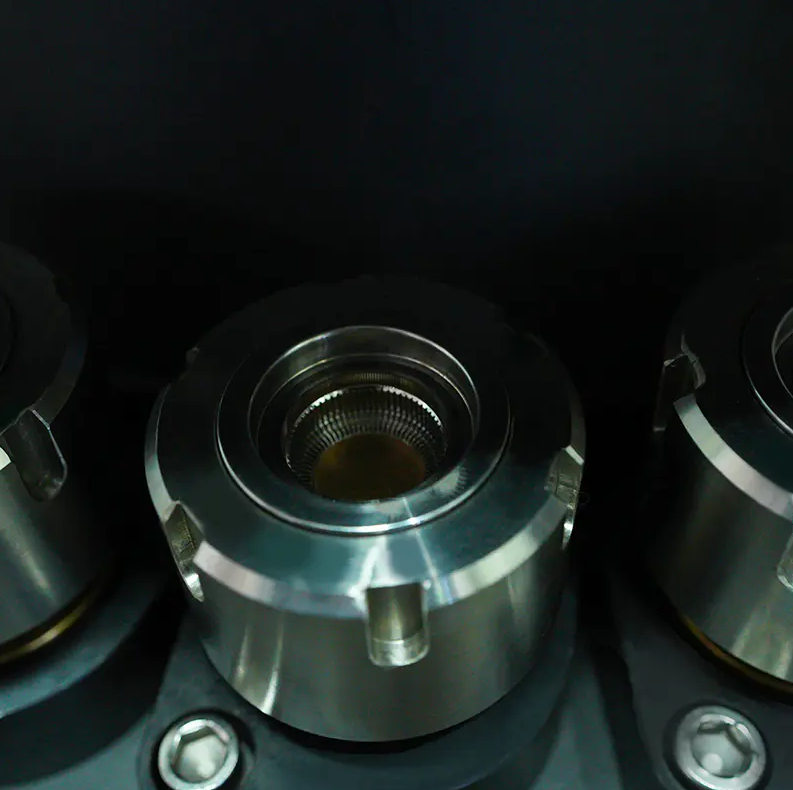chuangzhen@capping-machine.net

EN
In today's competitive global manufacturing landscape, sustainability, energy efficiency, and dimensional accuracy are central to operational success. Production methods continue to evolve to meet these expectations, and the emergence of low-temperature, low-pressure technology has positioned the Cap Compression Moulding Machine as a key driver of innovation. This forming method is changing how caps are produced across multiple sectors—focusing on reducing energy usage, maintaining stable output, and minimizing material loss without compromising design flexibility or structural strength.

The shift from traditional injection systems to low-pressure compression marks a significant change in how processes are approached. Historically, cap manufacturing depended on high heat and force to shape materials. While this approach could achieve volume output, it often introduced drawbacks such as thermal stress, uneven distribution, and premature mold wear. The low-pressure technique replaces rapid injection with controlled force applied to preheated material, delivered into a rotating set of mold cavities. Moulding takes place under managed pressure, supporting structural consistency and avoiding issues that arise when materials are forced through narrow channels. This refined method leads to even wall thickness and consistent visual appearance across cap batches.
Low-pressure moulding helps prevent many structural inconsistencies commonly seen in injection-based systems. Uniform force distribution during shaping minimizes warping, sink marks, and variations in thickness. Since the material is already in a plasticized state before entering the cavity, there is less turbulence and friction, allowing for more predictable forming. This promotes repeatability and reliability in both small and large production runs, supporting product consistency over time.
One of the key benefits of working at lower temperatures is the ability to maintain the original characteristics of the material. Many polymers degrade when exposed to excessive heat, losing flexibility, clarity, or resistance to chemical exposure. By applying moderate thermal treatment, compression forming helps retain the material’s integrity, ensuring that the finished caps meet both functional and visual standards. This makes it particularly suitable for applications where clarity, finish, and performance must be balanced.
Another area of improvement lies in cycle stability. With a lower operational temperature and more even pressure distribution, the overall stress on the mold system is reduced. This supports longer production periods with fewer interruptions. Simplified forming sequences and fewer moving parts contribute to long-term mechanical reliability and reduced downtime.
This process also improves material usage. The absence of turbulence—often found in injection moulding—means material flows directly into shape with minimal scrap. There is no need for excess runners or overflow paths, resulting in consistent part weights and better utilization of resins. This reduces operational costs while supporting sustainability goals in packaging operations.
The rotary platform used in the Cap Compression Moulding Machine reinforces the advantages of low-pressure forming. Each mold cavity rotates through distinct stages such as feeding, compression, cooling, and release. This rotation allows each stage to operate in sync but independently, shortening overall cycle time. Unlike batch systems, the rotary setup helps reduce idle periods and increase productivity while maintaining equipment balance.
This technology is particularly beneficial for industries requiring precision sealing or sterile conditions. Manufacturers of healthcare and sensitive products rely on closure systems that meet strict standards for hygiene and safety. With stable dimensions and minimal residual stress, compression-formed caps can deliver the sealing integrity required without extra finishing steps.
Flexibility in cap design is another standout feature. Without traditional gating systems, mold design becomes more versatile, enabling the production of closures in a wide range of shapes and functions. From ergonomic flip-tops to secure threaded styles, this process supports multiple formats with minimal retooling. This adaptability helps manufacturers respond to changing market demands or unique packaging specifications.
Energy-wise, the reduced need for high temperatures or pressures contributes to operational efficiency. Smaller heating zones, shorter cooling stages, and reduced mechanical load lower power usage and limit maintenance demands. These factors become particularly valuable in high-volume environments where utility costs can significantly impact budgets.
Automation built into the system simplifies process management. Real-time adjustments to pressure, temperature, and cycle timing enable continuous optimization. These smart controls reduce manual errors and support consistency across production shifts or facilities. Monitoring systems can also detect signs of wear, helping prevent potential failures through timely maintenance.
Rather than being a compromise, the low-temperature, low-pressure forming method offers a strategic balance between quality, reliability, and efficiency. It reduces internal stress, extends tooling life, and supports clean, scalable production that aligns with the growing need for precise and adaptable cap solutions across different industries.
Copyright © Taizhou Chuangzhen Machinery Manufacturing Co., Ltd. All Rights Reserved.
